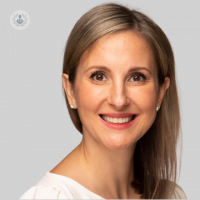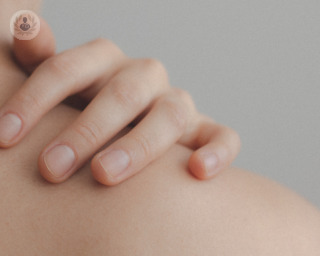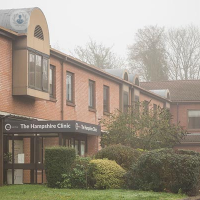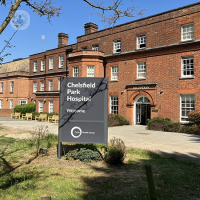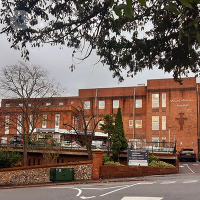Keloid scars
Dr Lea Solman - Paediatric dermatology
Created on: 10-26-2015
Updated on: 03-21-2023
Edited by: Jay Staniland
What are keloid scars?
Keloid scars are formed during the healing of a wound. In the process, too much scar tissue is formed, resulting in abnormal growth, which is usually large, lumpy and red in appearance. The keloids that develop can sometimes be bigger than the actual wound ever was.
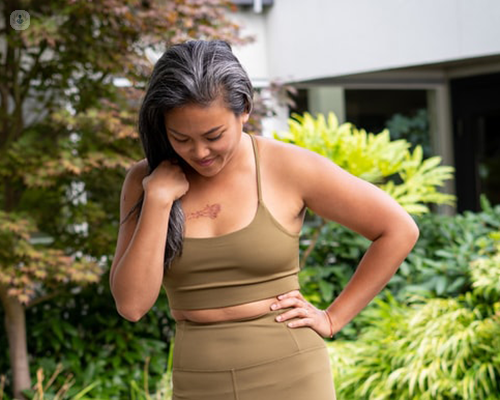
Can keloid scars be treated?
Treating keloid scars can be quite difficult. Surgery can be done in exceptional cases, as often the scar tissue regrows on the area. However, some treatments can sometimes decrease the size of a keloid or flatten it and make it smoother.
What are the symptoms of a keloid scar?
Keloid scars have the following characteristics:
- Form slowly, taking weeks or months to fully develop.
- Are pink, red or flesh-coloured and often shiny.
- Are lumpy or hard and usually hairless.
- Cause pain, itching, and tenderness in the area.
How are keloid scars diagnosed?
A GP or dermatologist can diagnose keloid scars simply by looking at the skin during a physical examination. Sometimes a biopsy can be performed to rule out other pathologies related to the skin.
What are the causes of keloid scars?
The causes of keloid scars can be very diverse, and we do not fully understand why keloid scars sometimes develop. After the skin is injured, the cells try to repair it by scarring, and in some cases there is an over production of collagen, leading to the formation of a keloid scar.
Keloid scars can result from any of the following:
- Cuts
- Acne scars
- Chickenpox scars
- Surgical scars
- Ear piercings
- Vaccination sites
- Insect bites
- Tattoos
Keloid scars are not contagious or cancerous but can continue to grow and develop over time.
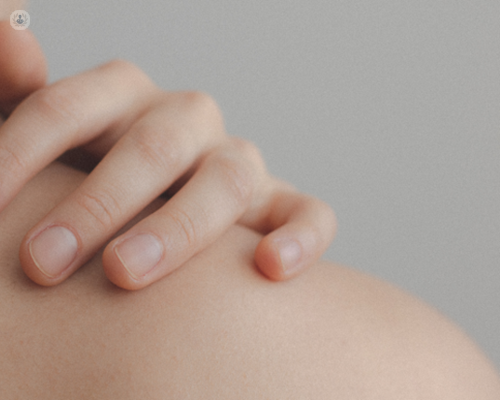
Can keloid scars be prevented?
Some people are more prone to developing keloid scars, including people with darker skin as well certain families in which they are common. Whilst keloids cannot be entirely prevented, they can be avoided by not having piercings, tattoos, injuring the skin and treating acne.
Can you treat a keloid scar at home?
Keloid scars can be treated by specialist dermatologists but you should not try to remove the scar tissue that makes up a keloid scar at home as this could lead to infection.
How are keloid scars treated?
Treating keloid scars is a challenge and results are not guaranteed. Even following removal, keloid scars can return in some cases. The following are possible treatment options for keloid scars:
- Steroid injections
- Steroid tape being applied to the scar tissue
- Silicone pads
- Freezing the scar with liquid nitrogen
- Laser therapy to reduce redness
- Surgery to remove the scar
Which type of specialist treats keloid scars?
Specialist dermatologists treat keloid scars.
